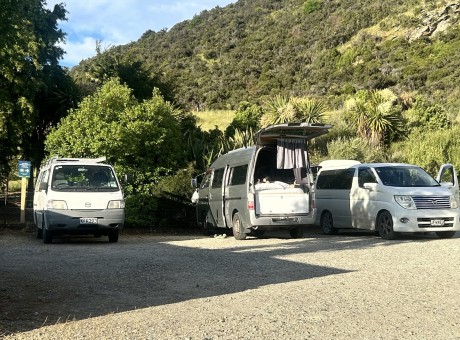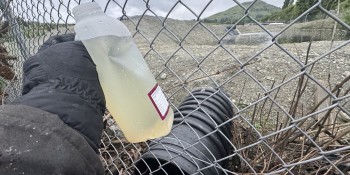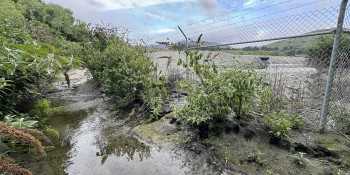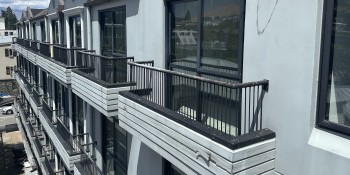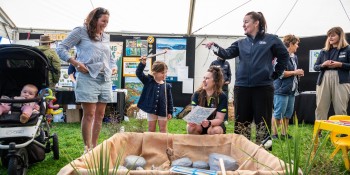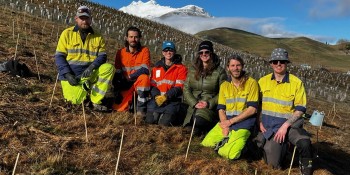QLDC endorses public transport business case that relies on arterial completion
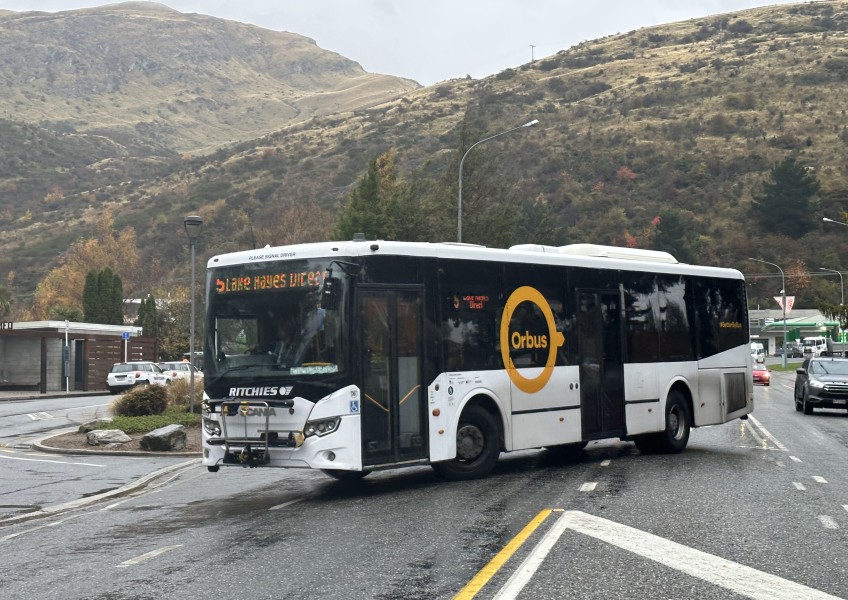
Residents and visitors could be travelling around Queenstown on electric buses by 2035 if the public transport business case endorsed this week by councillors goes ahead - but it relies on a fair few assumptions.
During the meeting of full council on Thursday councillors had a few questions for council staff about the new Queenstown Public Transport Business Case, including how the $2.3million required of council will be funded and if it's infrastructure timelines are realistic.
This business case has been developed to address low bus usage in Queenstown in collaboration between the Otago Regional Council, which provides the services, the Queenstown Lakes District Council and the New Zealand Transport Agency.
The three organisations are hoping to have 40 percent of people in Queenstown using public transport as their primary mode of getting around by 2050.
Queenstown Lakes District Council's transport strategy manager Tony Pickard and planning and infrastructure manager Tony Avery answered questions from elected members today, and all councillors, bar councillor Niki Gladding, voted in favour of endorsing the business case.
The case looks to increase the number of bus services around the town to increase patronage and cater to Queenstown's growing population, but it relies on in-doubt upgrades going ahead.
The business case relies on arterial road stage two being finished by 2030, and stage three completed by 2032, and a two-lane upgrade to the Edith Cavell bridge.
Stage one of the arterial road project has suffered huge cost blowouts and is well-behind schedule.
During the discussion, deputy mayor Quentin Smith noted the assumptions in the case were "quite optimistic", particularly around the arterial road and a 40 percent mode shift.
Councillor Matt Wong questioned how "fundamental" stage two and three of the arterial would be in delivering the services in the public transport plan.
Mr Pickard replied that there would need to be interim options if the stages were not delivered, and noted that it was important the buses took different routes from the CBD, rather than taking the same route in and out of town.
Tony Avery also said without the arterial roads completed, the Sunshine Bay buses "would be less reliable".
Councillor Niki Gladding also voiced "concerns" over the assumptions and said some of the timelines for these projects were "iffy", later she said the business case was "not realistic" and did not consider the council's current debt levels.
"We don't have the funding available," she said.
At the end of the discussion, Councillor Gladding went to ask a further question about the impact on rates, however Mayor Glyn Lewers stopped her from asking it, saying she had already asked a number of questions about the business case.
The plan has two other objectives: reducing CO2 emissions and increasing the number of jobs and social destinations accessible by public transport.
It outlines that a significant amount of people need to switch to catching the bus in order to avoid further traffic congestion in Queenstown.
It notes that Queenstown's current service "does not provide an attractive alternate" to using private vehicles, and that is resulting in poor usage, and intervention is necessary.
Other than creating new bus hubs and implementing electric buses on Queenstown's road, the business case also involves implementing the following changes to Queenstown's public transport by 2039:
- Increasing the Lakes Hayes to Queenstown route and the Sunshine Bay to Remarkables Park route to run every 15 minutes until midnight, and then every 30 minutes from midnight to 2am.
- Connecting the Jack Point's to Frankton route, to also connect with the Queenstown CBD, as well as connecting the Arrowtown to Arthurs Point route to also connect with the CBD via Malaghans Road.
- Increasing the Kelvin Heights ferry from every one or so hours to every 30 minutes.
Councillor Craig Ferguson asked exactly when the Arrowtown to Queenstown route via Malaghans Road would be put in place, and Mr Pickard replied that he was unsure, as its implementation was dependant on funding.
He explained that the business case will be looked at every three years, and then routes may be changed, with different services on offer.
Mr Pickard also noted in the meeting that the Otago Regional Council had approved the business case, and he was "anticipating a positive outcome" from the New Zealand Transport Agency.
Councillor Lisa Guy questioned if the council was "leaving ourselves enough room to expand" beyond the business case by endorsing the proposal, as it does not prioritise park and ride sites or the development of ferry services beyond increasing the frequency of the existing route.
Councillor Guy pointed out there could be a case for a park and ride site at the bottom of the Crown Range Road.
Mr Pickard said endorsing the business case "doesn't lock them in" to the perspectives offered in the document.
Councillor Esther Whitehead also noted that Queenstown had the fastest growing bus patronage in the country, and this was something to applaud.
She also questioned whether the bus lanes were still happening on Ladies Mile or not, and if that was factored into the report.
In the response, it appears that the council was proceeding as if the bus lanes were still going ahead because of information given by NZTA.






